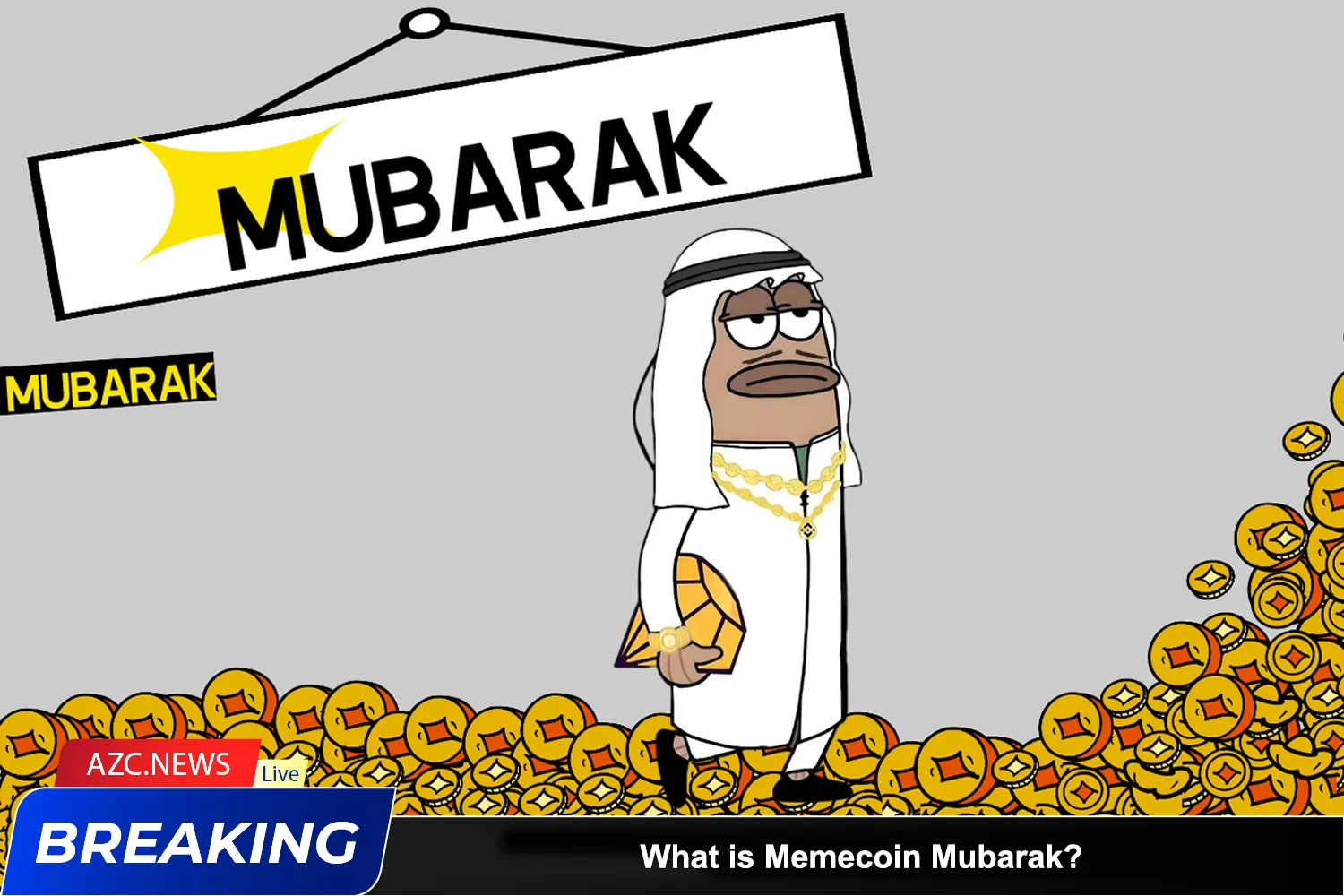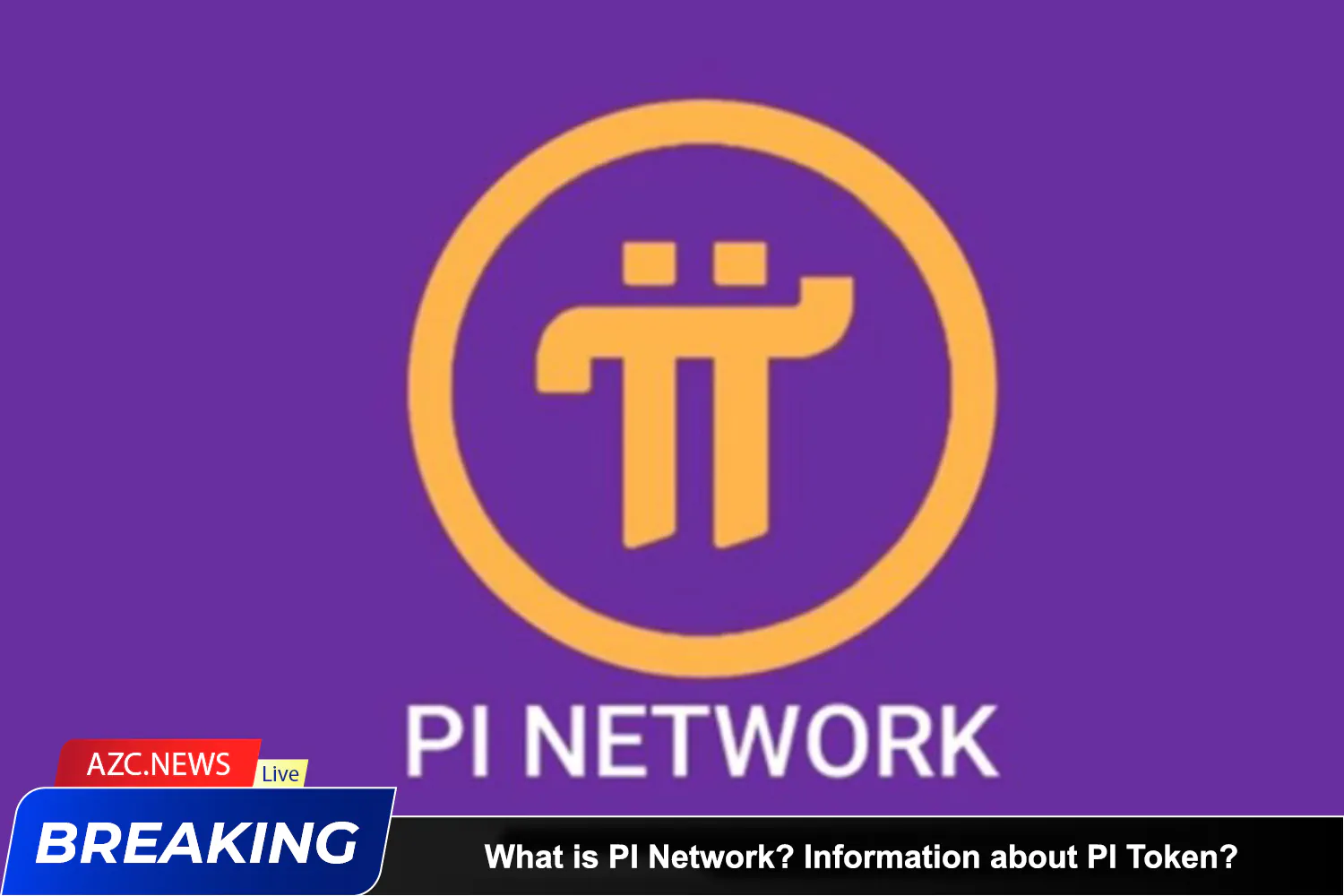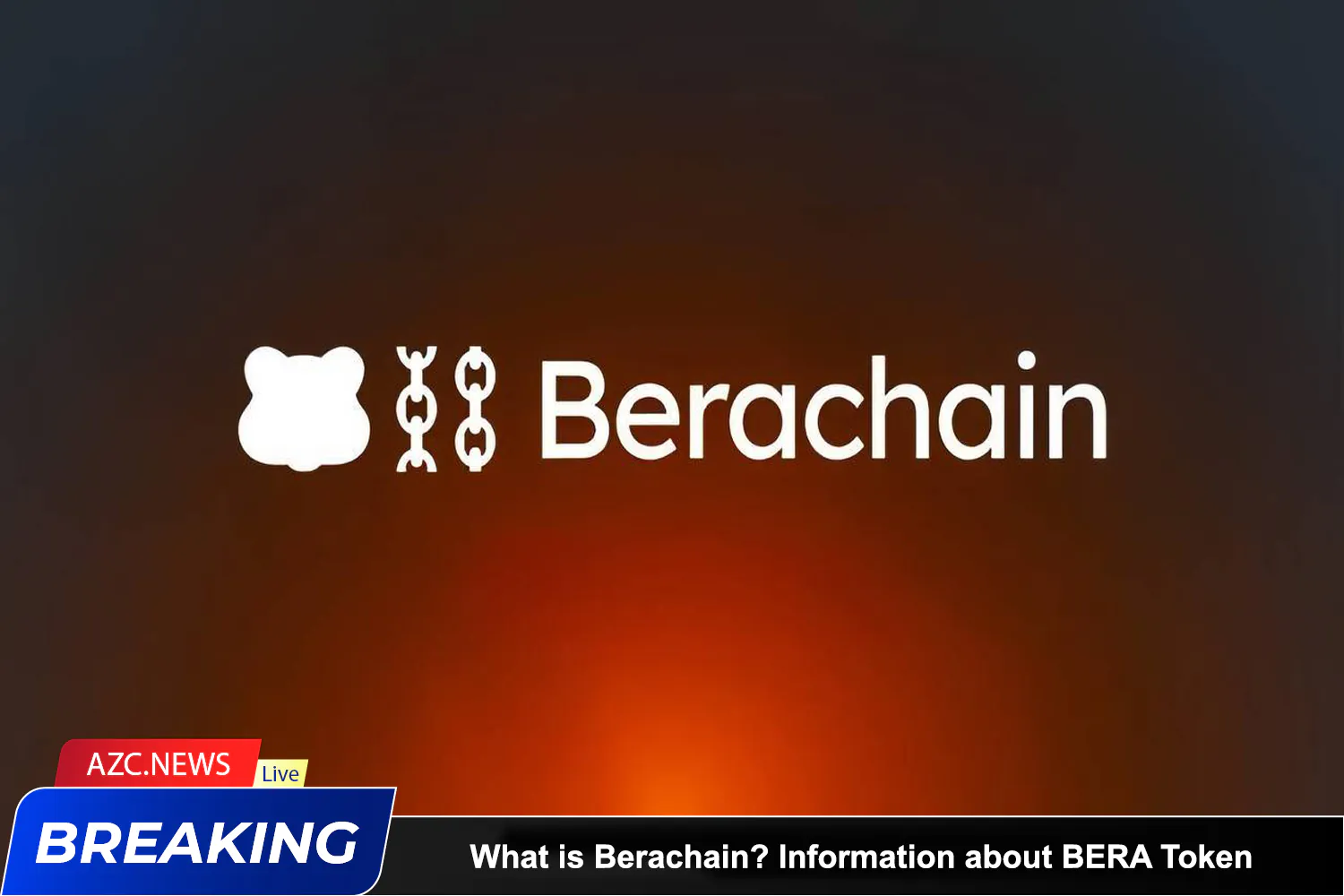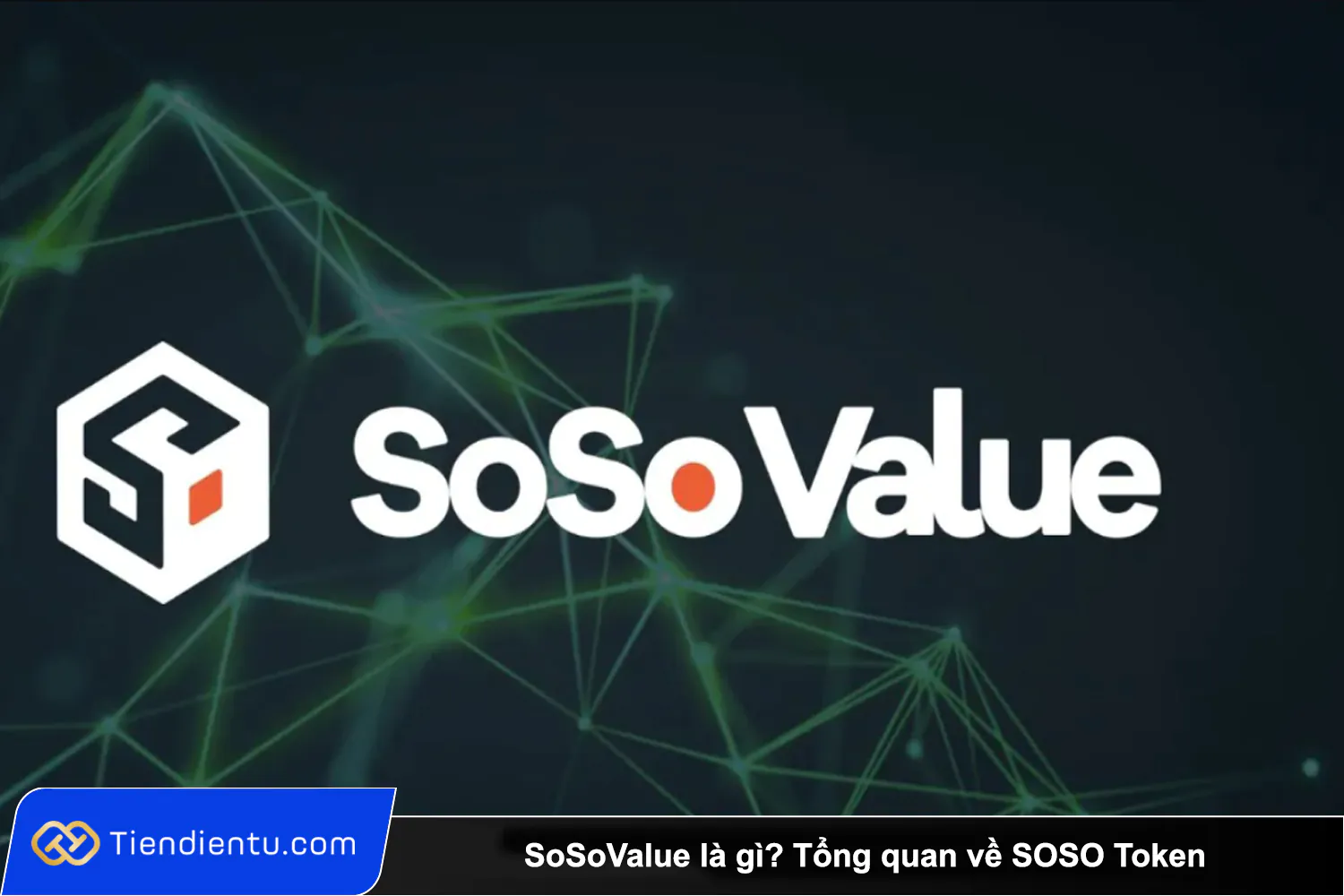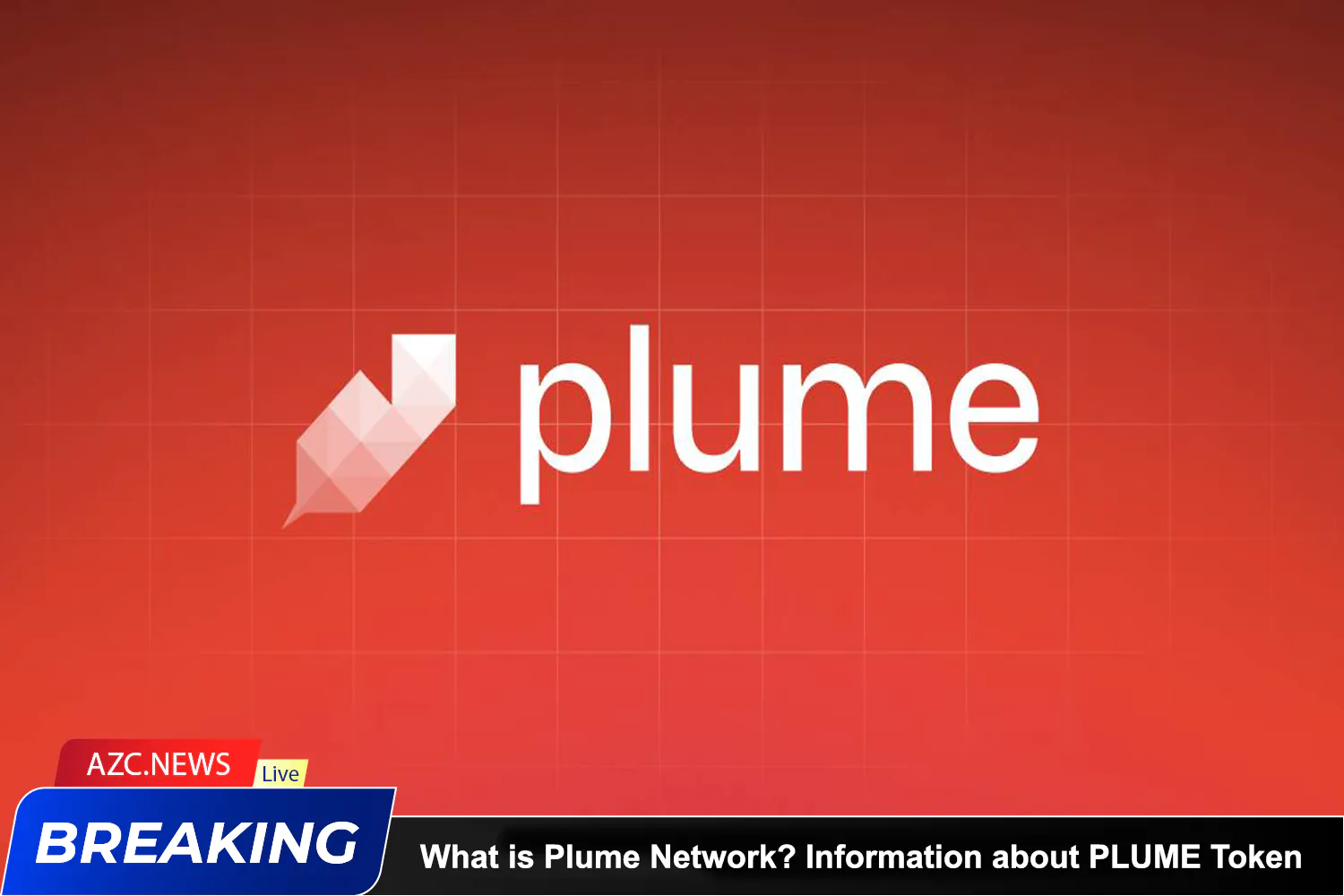Along with the development of the cryptocurrency market, the phenomenon of rug pull occurs more and more common. According to a report by blockchain security company Beosin, in the first quarter of 2023 alone, there have been more than 100 rug pulls scams. Total losses from attacks during the quarter amounted to $295 million. Ethereum is the most affected blockchain in terms of losses, but most rug pulls happen on BNB Chain.
It is estimated that over $25 billion has been lost to crypto and NFT scams to date. And with more than $2.8 billion lost to rug pulls in 2021. And another 280 in 2022.
Read more: What is Rug pull? What are the various types of rug pulls?
Typical rug pull cases.
AnubisDAO
AnubisDAO is a good example of rug pull. AnubisDAO anonymous developers defrauded investors of about $60 million. The developers have proposed a decentralized currency backed by a basket of assets. After receiving support from investors, the developers withdrew all AnubisDAO liquidity 20 hours after the token sale.
The SQUID coin
This is a project based on the famous Korean movie Squid Game shown on Netflix. Thanks to the movie’s popularity, the value of this Token has increased several hundred thousand times, then “rug pulled” to its original value. Making people who buy tokens at high prices can only see their money being taken away.
The SQUID token launched on BNB Chain to great fanfare. Attracted over 40,000 investors as it rose from $0.01 to around $3,000 in six days, then plummeted to zero.
After the price of SQUID skyrocketed. The development team behind the project drained all of its liquidity, earning around $3.3 million.
WhaleFarm
WhaleFarm is a project that many investors are interested in at the time of its launch in the Yield Farming segment when it allows users to earn very high APY levels up to thousands of percent. However, in June 2021, the anonymous development team of this project suddenly withdrew all liquidity, causing the project’s tokens to drop by 99% in just a few minutes. This Rug Pull case has cost investors up to 2.3 million USD.’
BitConnect
BitConnect, the UK-based lending platform, is now defunct. They promised investors a guaranteed return despite the volatility in the market. Instead, founder Satish Kumbhani is said to have paid early investors with money coming from later investors as a pyramid scheme.
Ultimately benefiting from $2.4 billion in global profits. CNN reported that Kumbhani could face up to 70 years in prison.
Signs to identify rug pull projects.
Rug pull projects typically have some of the following things in common:
Anonymous team: The development team is one of the first factors to consider when deciding to invest in a crypto project. The anonymous development team, and the project’s social media account that has only been created in a short time are important factors in identifying projects that intend to scam investors.
The website is sketchy and has little information: Crypto projects often take great care of their websites. Because this is considered the face for the whole project. If you come across a project with a sketchy website, sometimes with typos and typos, then chances are that the development team is not very interested in developing this project in the long term.
No liquidity lockup: Most legitimate liquidity pools lock investor funds for a certain period of time. This serves two purposes. First, the pool’s liquidity needed for token swaps, lending, and other operations is guaranteed, so that the team can continue to function. Second, it helps the founders not to drop the project and run away with the full investor’s money. An account pool if there is no key, that is another question.
Too high yield: To attract many investors to join in a short time, high yield is one of the most effective tricks. Many DeFi groups offer unbelievable returns to stimulate investor greed. For example, WhaleFarm has offered returns in excess of 100% APY, while some other pools only stop at a few percent. If you see a pool that offers very good returns, this could be a suspicious sign.
Do not make the source code public: Making the source code public is one of the most fundamental things in the crypto world. Because the open source code allows anyone to monitor and check the project development team’s activities. Projects that do not make their source code public, do they have something to hide behind us?
Liquidity is too low: With low liquidity. It only takes a small amount of money to push the token price up. Easily create FOMO and attract more investors. Projects with very low liquidity such as only a few hundred thousand USD should be avoided. It is best to buy only tokens listed on major exchanges with ample liquidity.
The project has a contract that has not been audited by a reputable unit: Some projects, when they want to increase their credibility with users, will have to pay a fee for a 3rd party to come out and certify their Contract without any signs of Scam. However, the fee for this Audit is quite high for Startup projects.
Therefore, this is a necessary condition but not necessarily a sufficient condition to immediately conclude whether the project has Scam or not.
Some famous audit units in the market can be mentioned as: Trailofbits.com, Cryptomaniac, Certik.org, Quantstamp.com,…
Asymmetric token allocation: Tokenomics will give us a relative sense of the direction of the project.
If a large amount of tokens are allocated to developers, it means that the project is highly centralized and brings risks to investors.
If most of the tokens were distributed among the project team from the start, they would have the ability to influence the price or rug pull at any time.
Both of the above points show the short-term development direction of the project.
The allocation of tokens for business development activities such as marketing, incentives or airdrops for many years proves the longer development direction.
The token price spiked but the number of wallets holding was small: If a token is just emerging or untested but its price spikes, and 50-80% of the tokens are between 10-50 wallets, there is a high chance that the project can manipulate the price. Accordingly, the risk of rug pull for users is also higher when there is no guarantee that the project will not release tokens.
In the case of the Squid Game project, the top 3 wallet addresses already hold 99% of the SQUID tokens on Ethereum, which shows a large concentration of supply and users will be at high risk of a rug pull.
How to prevent Rug Pull.
Before making a decision to invest in a project, you need to check the following items to limit encountering fraudulent projects:
Development team: when researching a certain project you need to check the team behind through the project website. Be careful with projects that don’t show Founder and Dev team information.
Audits: The most notable crypto projects will be subject to independent security audits of the code. A project without a third-party audit is not necessarily a scam. But you should research the project more carefully before investing in it.
On-chain: Check data on-chain for anomalies
Tokenomics: Examining the distribution of a project on sites like Etherscan will tell you who holds the largest numbers and how they are distributed. If 1 or 2 unique wallets hold a large amount of supply then selling them all at once is very easy. That makes the risk of price manipulation higher.
Liquidity: When listing on DEXs, the project needs to create liquidity on AMMs, creating low liquidity (under 100 thousand USD) may be a scam project.
Unlocking liquidity: On large AMMs, there is a liquidity lock when creating, so that the project cannot withdraw the pool for a certain period of time to bring confidence to investors. Be careful with projects with unlocked liquidity pools.
Check the project’s Website, and social media accounts, check Github to track project update progress
Conclusion.
Rug Pull is one of the popular scams in the cryptocurrency market. Through this article, I hope to be able to help you somewhat avoid projects that are at risk of rug pull.
 OMN
OMN  BTC
BTC  ETH
ETH  USDT
USDT  XRP
XRP  BNB
BNB  SOL
SOL  USDC
USDC  TRX
TRX  DOGE
DOGE 





